This slower absorption reduces the impact of the fall and the likelihood of a catastrophic outcome. Rock climbing ropes are generally categorized into three main types: single, twin and half or double. Read More…
Since our beginning in 1967, we have had experience designing, manufacturing and distributing the highest quality braided ropes and cords. Braided ropes and cordage are produced in all common fibers.

At Yale Cordage, we take pride in engineering and manufacturing advanced rope solutions that push the limits of performance, safety, and innovation. Our focus has always been on creating synthetic ropes that outperform traditional fiber and wire rope, offering exceptional strength, flexibility, and longevity across a wide range of demanding applications.

Samson Rope Technologies can supply you with braided rope, nylon rope, sash cord, and rope & cordage for general use. Not only do we provide specific solutions to our customers, but we also follow up with instructions for the use and care of our products.

At Erin Rope Corporation, we take pride in our long-standing expertise in designing and manufacturing high-performance rope solutions that meet the demands of industries across the globe. We specialize in the engineering and production of ropes built to perform under pressure, offering durable, reliable, and precise products that serve a wide range of applications from construction and marine to...

At Cancord Ropes, we take pride in designing and manufacturing high-performance ropes that meet the demanding requirements of modern industries. Our expertise lies in crafting synthetic and blended fiber ropes that deliver exceptional strength, durability, and flexibility for a wide range of applications.

More Climbing Rope Suppliers
Single ropes are generally between 9.5 mm and 11 mm in width, while they vary greatly in length. The standard for single ropes, though, holds around 10.5 mm by 50 mm. Designed to be used alone, single ropes are the most common type of climbing rope. They are used for top-roping, sport climbing and trad climbing. Twin ropes are made of two separate ropes of the same size, meant to be clipped together through each piece of gear and used as one rope. Twin ropes are extremely thin, usually about 7.6 mm each. They are mostly used in ultra-long rock, ice, mixed routes and expeditions that require lightweight equipment.
Half or double ropes are similar to twin ropes in that they are also two ropes of the same size and used as a pair, but the similarity ends there. Unlike twin ropes, with half ropes, only one rope is clipped through each piece of gear. The climber alternates which rope is clipped through each piece. Considerably thicker than twin ropes, this type of climbing rope is about 8.8 mm thick, and can hold a climber in a fall if the other rope fails. Its alternating clips also reduce rope drag. Half ropes are good for long, wandering climbs and trails with treacherous traverses or sharp rocks.
When considering climbing ropes, a potential buyer should ask him or herself what he or she wants and needs in the way of: rope diameter, rope weight, weight the rope will be supporting, terrain, weather, rope construction, middle marks and bi-patterns and dry treatments. A middle mark is placed on a rope with black paint or thread to identify the middle of the rope. Bi-patterns or bi-colors are a change in weave pattern that help a climber clearly differentiate between the two ropes, as well as easily identify the midpoint. These tools contribute to the safety of a climber.







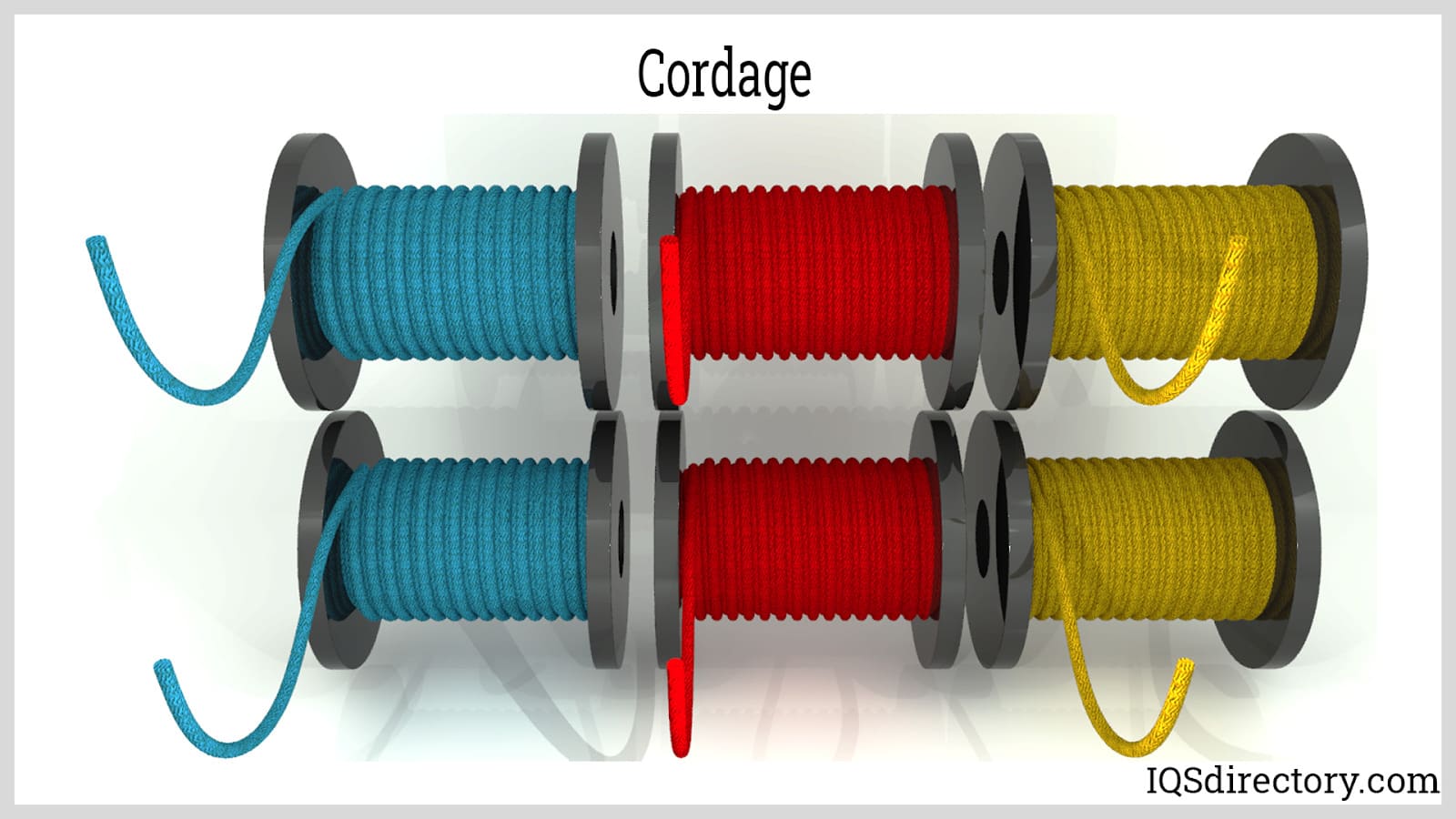
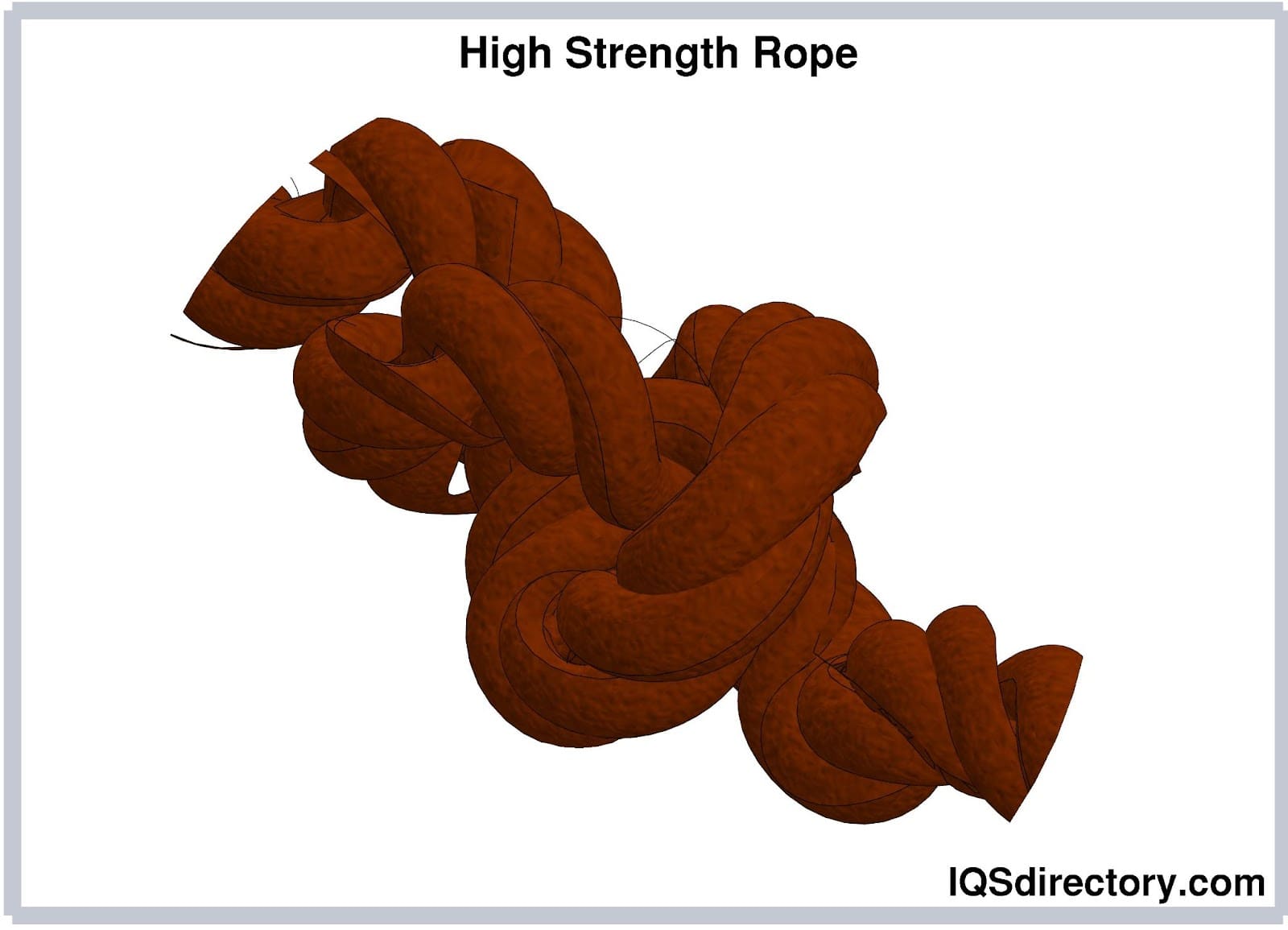
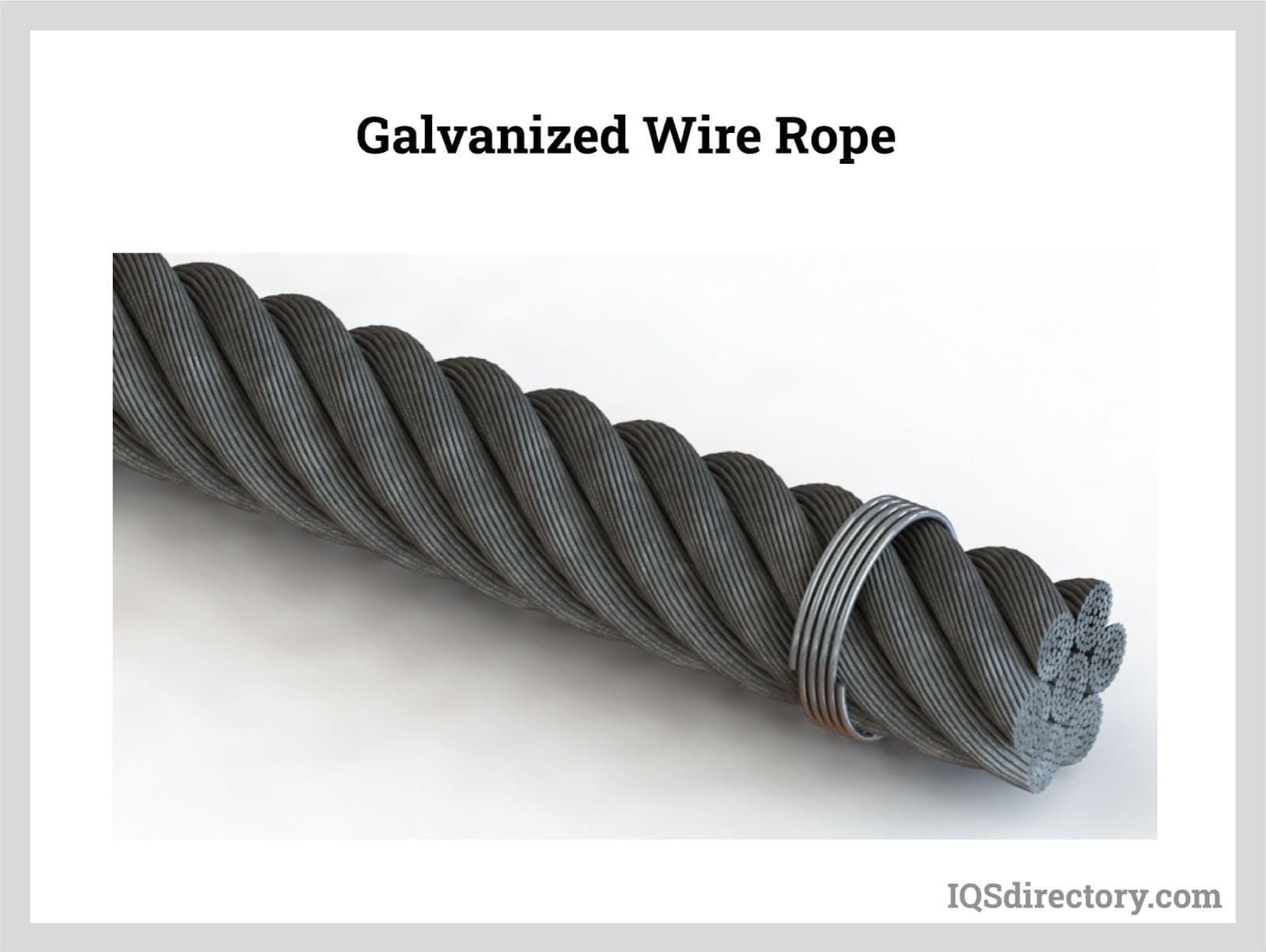


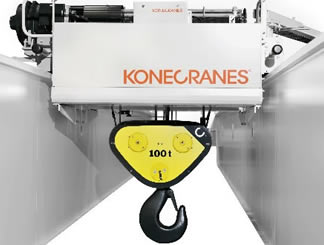 Cranes
Cranes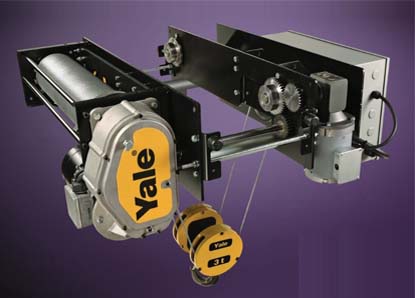 Electric Hoists
Electric Hoists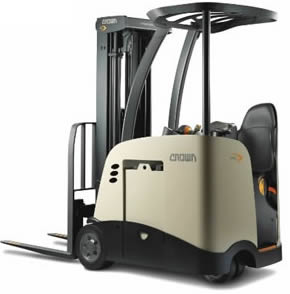 Forklifts
Forklifts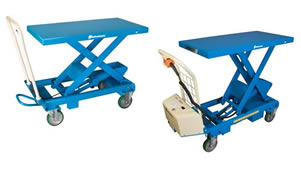 Hydraulic Lifts
Hydraulic Lifts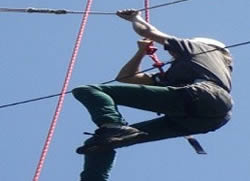 Rope
Rope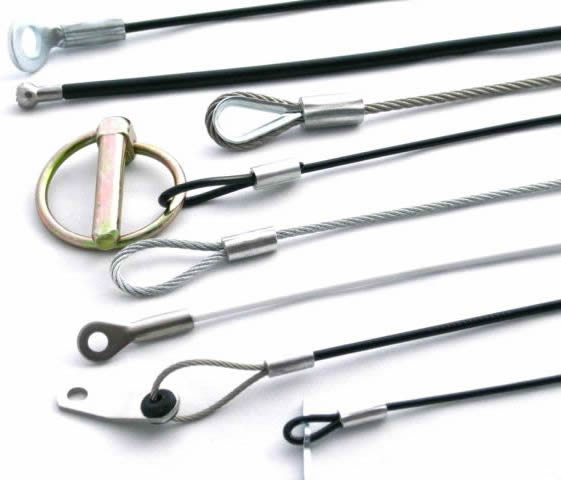 Wire Rope
Wire Rope Castings & Forgings
Castings & Forgings Bulk Material Handling
Bulk Material Handling Electrical & Electronic Components
Electrical & Electronic Components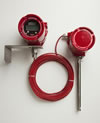 Flow Instrumentation
Flow Instrumentation Hardware
Hardware Material Handling Equipment
Material Handling Equipment Metal Cutting Services
Metal Cutting Services Metal Forming Services
Metal Forming Services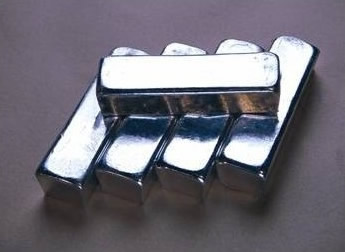 Metal Suppliers
Metal Suppliers Motion Control Products
Motion Control Products Plant & Facility Equipment
Plant & Facility Equipment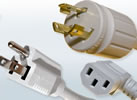 Plant & Facility Supplies
Plant & Facility Supplies Plastic Molding Processes
Plastic Molding Processes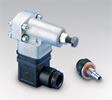 Pumps & Valves
Pumps & Valves Recycling Equipment
Recycling Equipment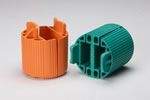 Rubber Products & Services
Rubber Products & Services